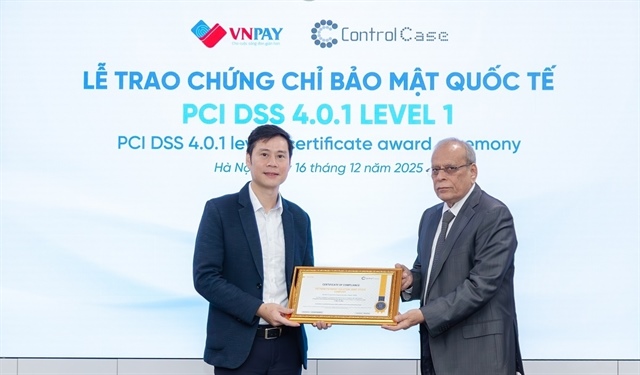SBV plans to re-install a shield to ensure system safety
SBV plans to re-install a shield to ensure system safety
The State Bank of Vietnam (SBV) plans to re-impose the regulation on the ceiling lend-to-deposit (LDR) ratio. The regulation was once imposed but then removed by the State Bank itself amid the strong opposition from commercial banks.

The central bank is compiling a legal document which is expected to replace the Circular No. 13 on the safety lines for the banking system operation. One of the most important provisions of the document is the ceiling LDR – a controversial matter which once caused a headache to the watchdog agency.
Two years ago, the circular once stirred the banking system. Fourteen bank members of the market unanimously expressed their disagreement to the LDR ceiling.
Under the circular, the usable capital ratio is calculated by the lending/mobilized capital = 80%/85%.
The opposition was so strong that the State Bank then had to amend the regulation several times.
Six years ago, the central bank, in an effort to cool down the scorching hot stock market, released a decision that the loans provided by banks to fund securities investments must not be higher than 3 percent of the banks’ total outstanding loans.
The decision at that moment caused a shock to the securities investors who were then in high excitement. The move was then described as an action of breaking hard, which shook the stock market and caused long term consequences. Analysts then commented that the State Bank tried to “build up a dyke in the flooding season,” a very difficult job.
However, experts have pointed out that the State Bank is right when setting up the barriers to ensure the safety of the banking system, and that the only mistake it made was that the regulations were released at an unreasonable moment.
Therefore, it would be not a surprise at all if the State Bank considers re-imposing the regulations. It’s still unclear about the new LDR ceiling. A source said that the ceiling could be 80%/85% as stipulated in the Circular No. 13, or 90/95%, if the State Bank does not want to keep an overly tight on commercial banks.
In fact, the re-imposition of the regulations has been foreseeable. The discussions among experts and state agencies in 2012 all came to a conclusion that it is necessary to set up the barriers, which could be seen as the shields to protect the banking system’s safety.
However, the re-imposition was not decided in 2012, because, according to observers, it was not the right time to do this. Thoi bao Kinh te Vietnam has commented that the State Bank seemed to avoid to promulgate the new legal documents at the sensitive moments.
In early 2012, the average LDR of the banking system was high at over 100 percent. Especially, the LDR of the state owned banks was the highest, at about 110 percent. Therefore, if a barrier had been set up then, this would have caused serious chaos to the whole system.
In 2012, Vietnam wanted to push up lending to pump more capital to the national economy which was in thirst of money. If a barrier had been set up to restrict the lending, banks would have to limit the loans, which meant that the capital shortage of the national economy would have been even more serious.
If the State Bank had set a cap on LDR, this would have led to the interest rate increase, which would have damaged its efforts to slash the interest rates to make it more feasible for businesses to access bank loans.
Meanwhile, the conditions seem to be good enough for the State Bank to set up the barriers again in 2013. “The flood has gone down, and it’s now the right time to issue the legal document,” an analyst commented.
vietnamnet




























